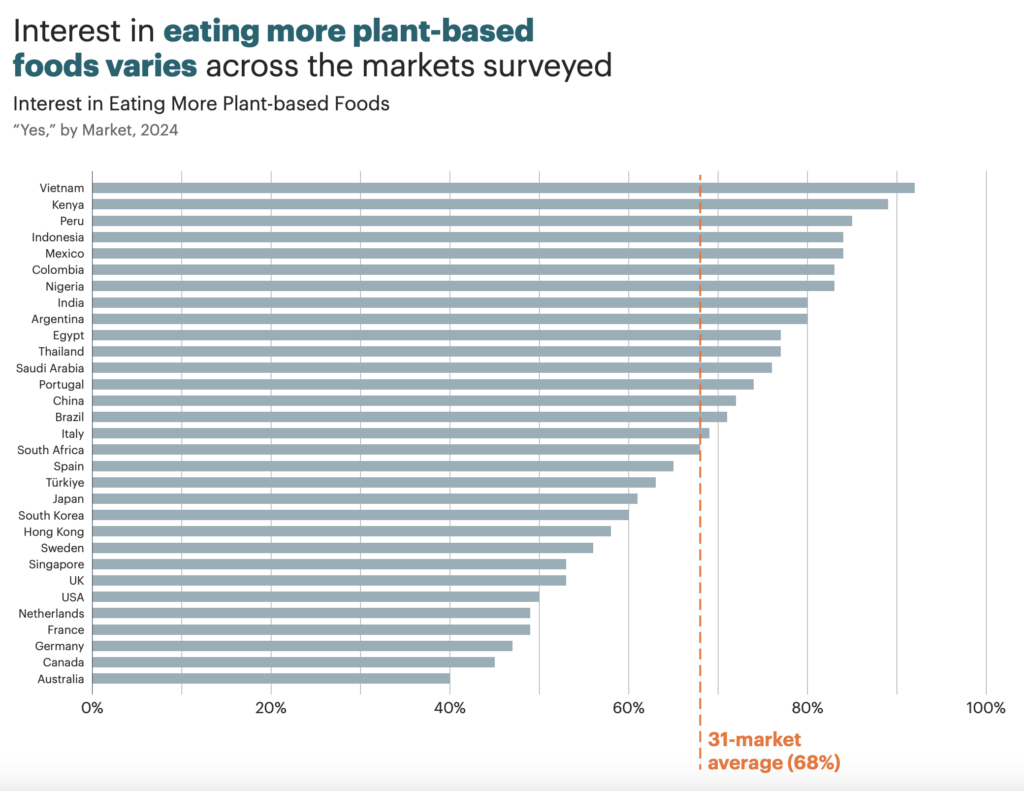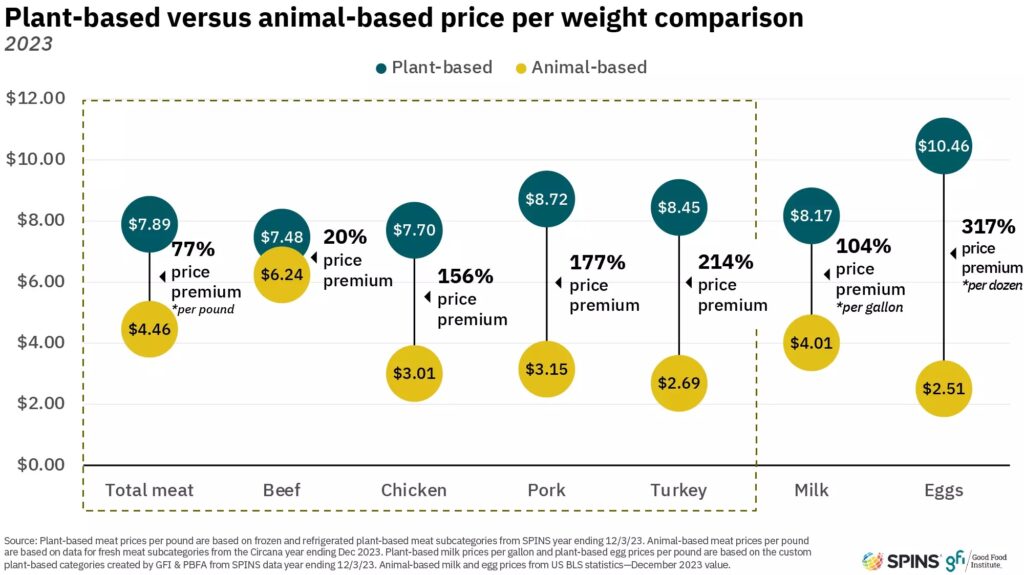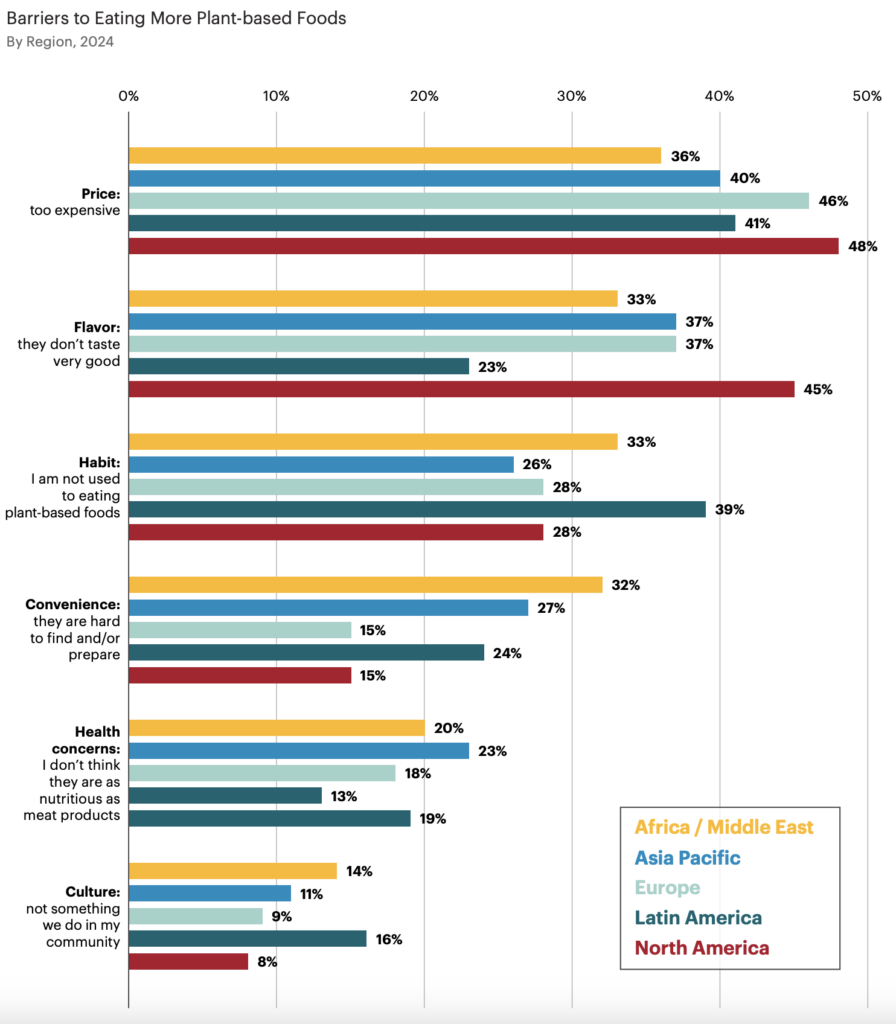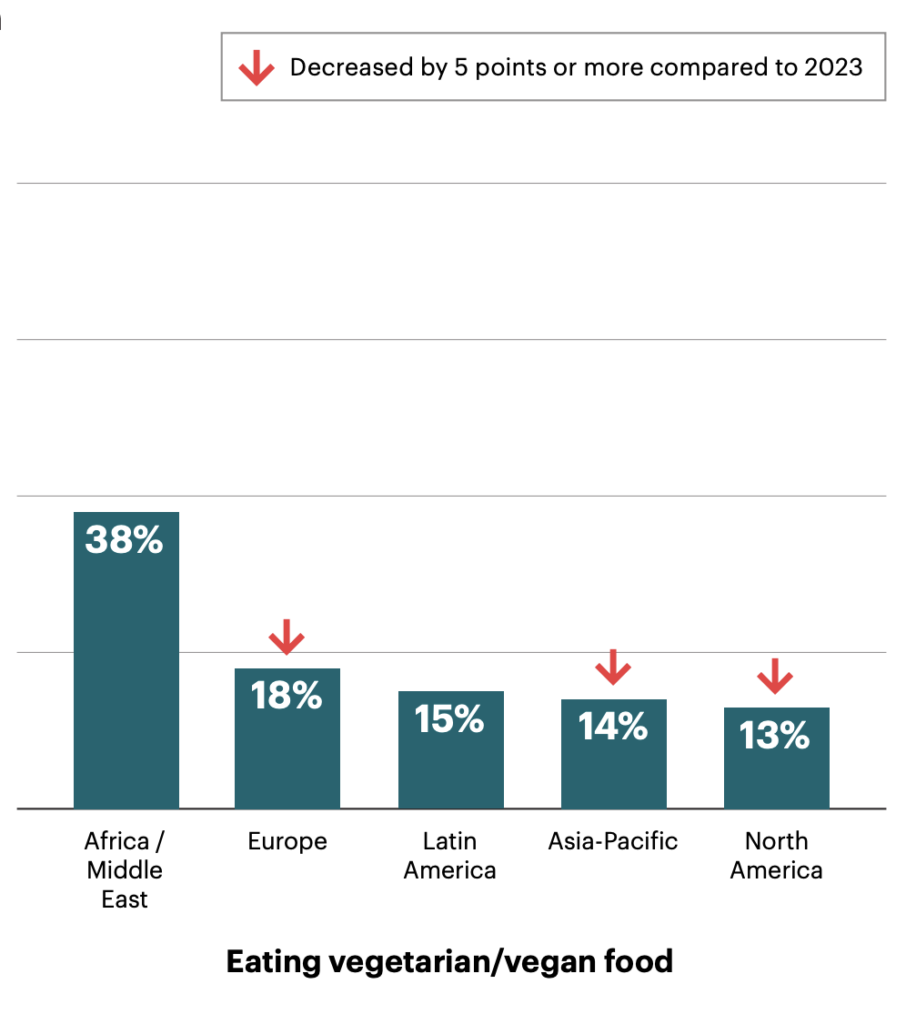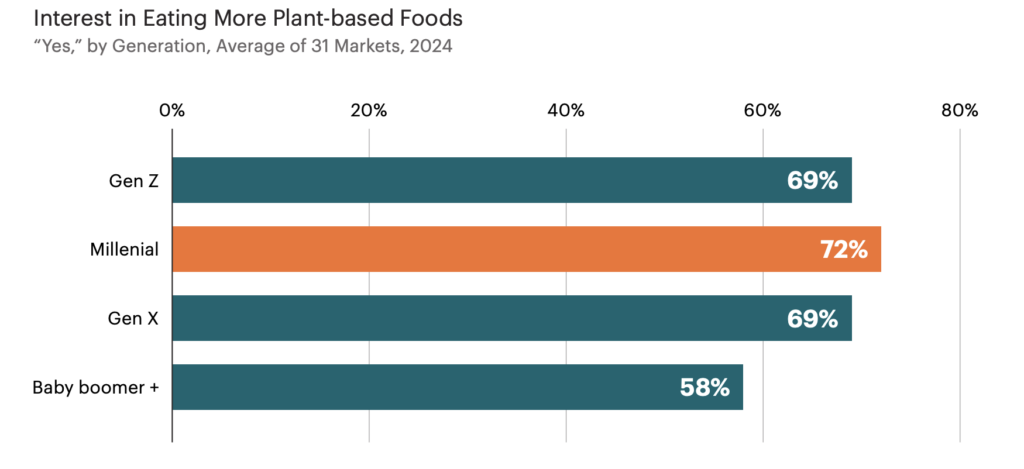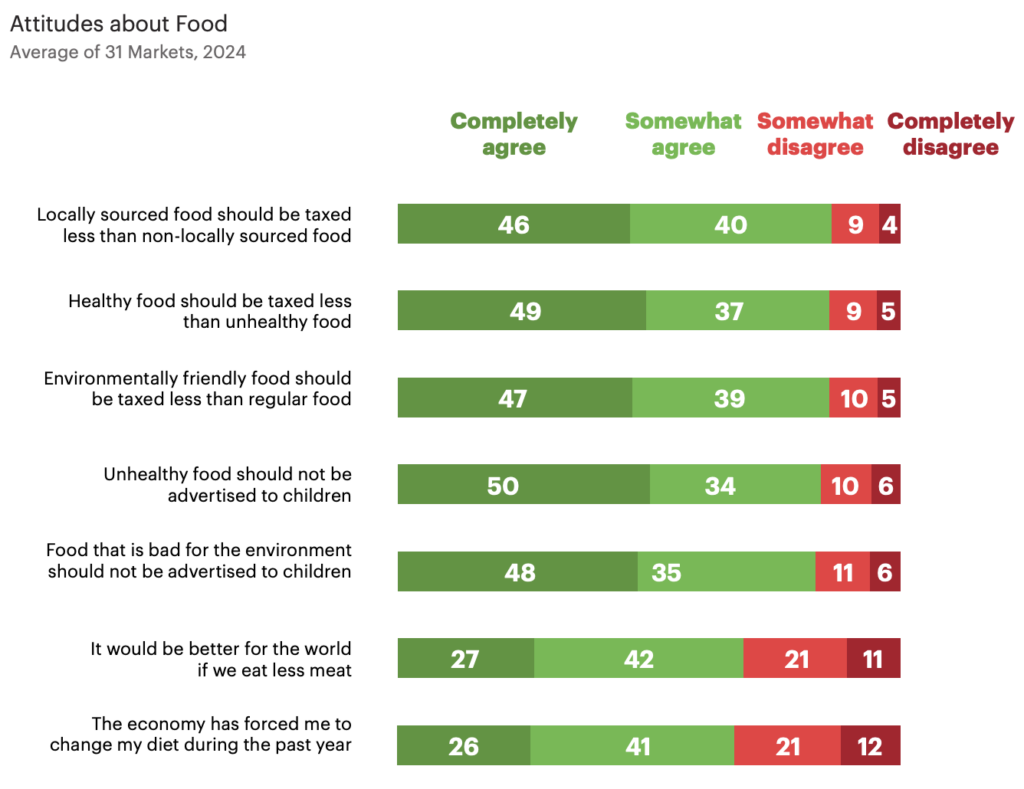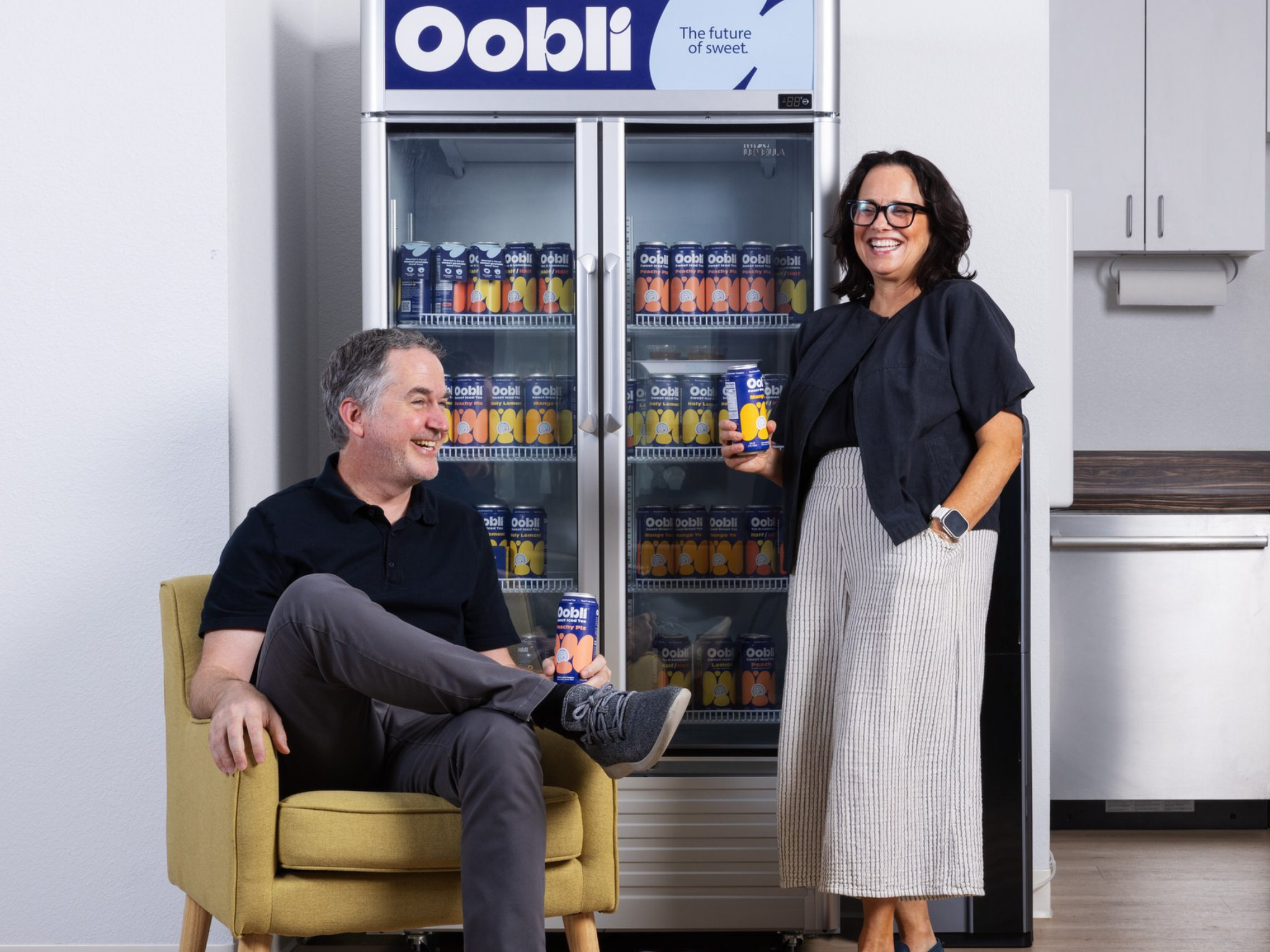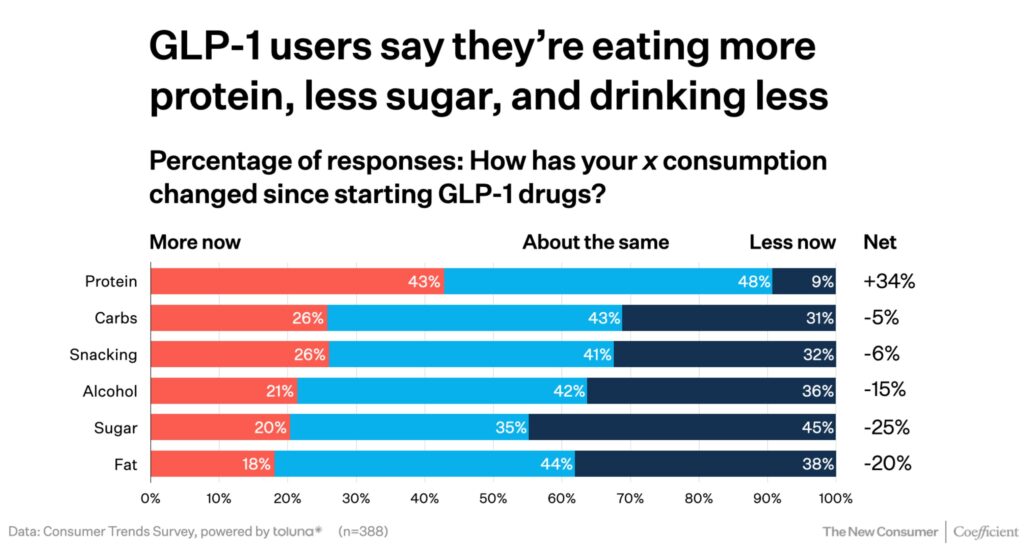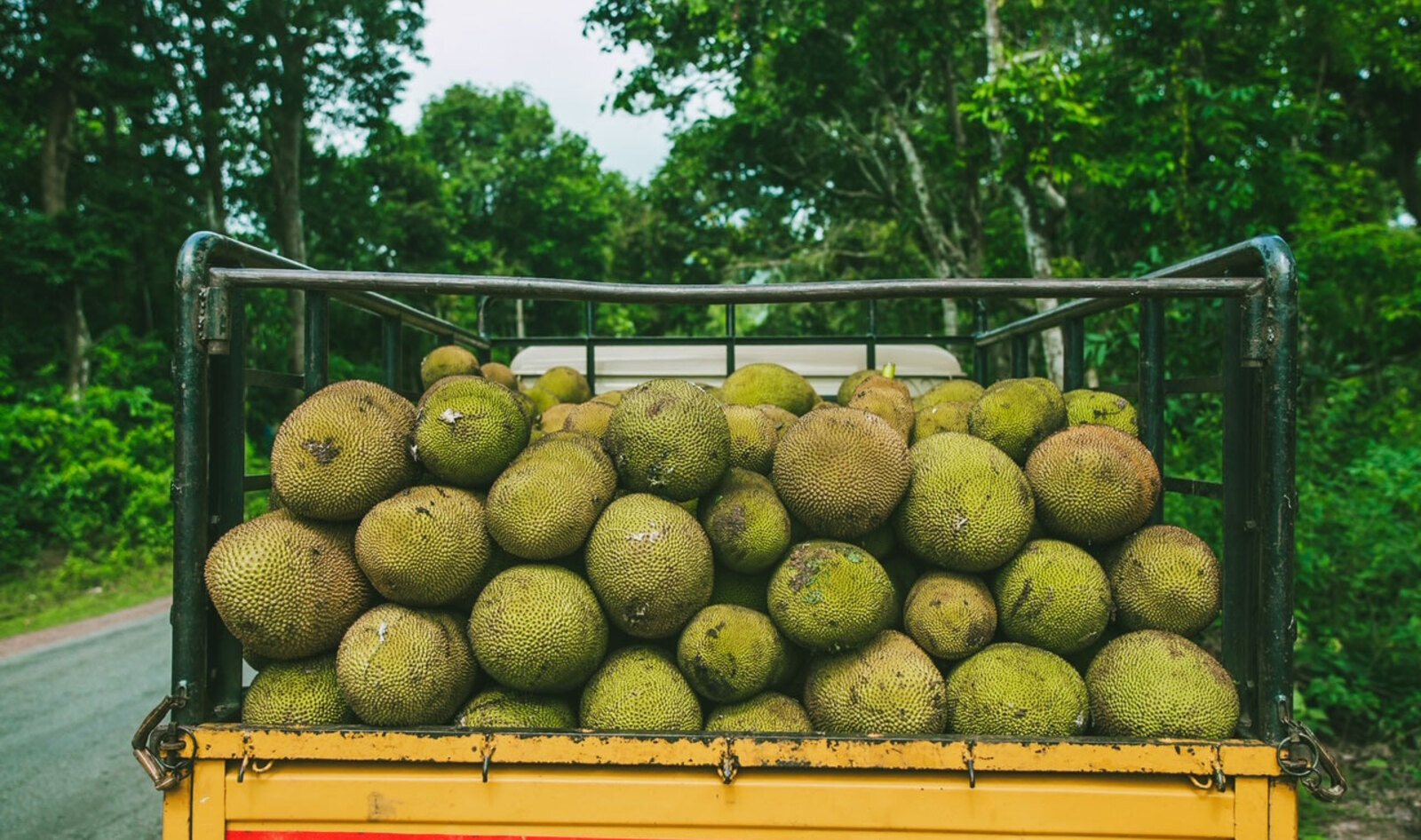
Jackfruit is all the rage these days. Whether shredded as taco meat, used in chicken-free nuggets and burgers, or, if you’re lucky enough, ripe right off the tree, there’s no wrong way to enjoy jackfruit. Now, jackfruit enthusiasts have another application for the tropical fruit: jackfruit flour.
Jackfruit flour, a gluten-free alternative derived from the unripe jackfruit, has gained significant attention in the health and wellness industry. Once an underutilized byproduct, this flour is now being hailed for its nutritional benefits, especially its potential to help manage type 2 diabetes. As demand for functional foods rises, jackfruit flour is emerging as a powerhouse ingredient rich in fiber, low in carbohydrates, and packed with essential vitamins and minerals.
From fruit to flour
The process of making jackfruit flour begins with the selection of mature yet unripe jackfruits, primarily grown in tropical regions such as India, Bangladesh, Sri Lanka, and parts of Southeast Asia. These regions have the ideal climate for cultivating jackfruit trees, which are known for their large, spiky fruits that can weigh up to 80 pounds.
 Getty
Getty
Once harvested, the jackfruits undergo a cleaning process to remove any excess latex, which is a naturally occurring sticky substance. The fruit is then peeled, and its fleshy interior is separated from the seeds. The raw jackfruit pieces are sliced into uniform portions and then subjected to dehydration through sun-drying, freeze-drying, or low-temperature oven drying. The chosen drying method plays a crucial role in preserving the nutritional content and preventing enzymatic browning.
After dehydration, the dried jackfruit pieces are finely milled into a powder. This flour undergoes sieving to ensure a smooth, consistent texture, making it suitable for a variety of culinary applications. The final product is then packaged in airtight containers to maintain freshness and extend shelf life. Unlike many commercial wheat-based flours, jackfruit flour is free from preservatives and artificial additives, making it an appealing option for those seeking natural, whole-food alternatives.
As interest in sustainable food sources continues to rise, jackfruit flour holds strong potential as a mainstream alternative to conventional flours. Jackfruit trees require minimal water and grow abundantly without the need for chemical fertilizers, making them an environmentally friendly alternative to grain-based crops like wheat or rice, which require intensive agricultural inputs.
“It is easy to grow. It survives pests and diseases and high temperatures. It is drought-resistant,” Danielle Nierenberg, president of Food Tank told The Guardian. “It achieves what farmers need in food production when facing a lot of challenges under climate change.”
Nutritional profile and health benefits
Jackfruit flour boasts a robust nutritional profile, making it an attractive ingredient for health-conscious consumers. It is naturally rich in dietary fiber, providing digestive benefits while helping to regulate blood sugar levels. A single serving of jackfruit flour (approximately 30 grams) contains:
-
High-fiber content: Roughly six to eight grams per serving, aiding digestion and promoting gut health.
-
Low-glycemic index (GI): Unlike refined wheat flour, jackfruit flour has a much lower GI, meaning it causes a slower rise in blood sugar levels.
-
Essential vitamins and minerals: Including vitamin C, vitamin A, potassium, calcium, and iron, all of which support immune function, bone health, and cardiovascular well-being.
-
Antioxidant properties: Jackfruit contains phytonutrients that help combat oxidative stress and inflammation.
One of the most notable benefits of jackfruit flour is its ability to aid in managing type 2 diabetes. A randomized, double-blind, placebo-controlled study published in the American Journal of Clinical Nutrition found that participants who replaced a portion of their daily carbohydrate intake with jackfruit flour experienced a significant reduction in glycosylated hemoglobin (HbA1c) levels over a 12-week period.
The study found patients who consumed the jackfruit flour had a significantly higher reduction in HbA1c, FPG, and PPG than the control group, demonstrating the efficacy of jackfruit flour in glycemic control as medical nutrition therapy replacing an equal volume of rice or wheat flour in daily meals.

“It’s a miracle. It can provide so many nutrients and calories – everything,” Shyamala Reddy, a biotechnology researcher at the University of Agriculture Sciences in Bangalore, India, told The Guardian. “If you just eat 10 or 12 bulbs of this fruit, you don’t need food for another half a day.”
How to use jackfruit flour
Jackfruit flour’s neutral taste and fine texture make it an incredibly versatile ingredient that can seamlessly integrate into various recipes.
1Traditional sses in South Asian cuisine
In South India, jackfruit flour has long been incorporated into everyday meals. It is often blended into dosa and idli batter to enhance fiber content and lower the glycemic index of these staple foods. Some households also mix a tablespoon of jackfruit flour into traditional porridge or kanji to boost satiety.
2Gluten-free baking
For those avoiding gluten, jackfruit flour serves as an excellent alternative to wheat flour in baked goods. It can be used in cakes, muffins, pancakes, and even bread. Since jackfruit flour lacks gluten, it is often combined with other gluten-free flours such as almond or coconut flour for better texture and binding.
 Pexels
Pexels
3Thickening agent for soups and sauces
Due to its high fiber content, jackfruit flour acts as an effective thickening agent in soups, stews, and gravies. It can replace cornstarch or all-purpose flour in recipes requiring a thick, creamy consistency.
4Smoothies and nutritional drinks
For a nutrient-dense boost, adding a spoonful of jackfruit flour to smoothies or protein shakes is an easy way to incorporate fiber and essential minerals into one’s diet without altering the taste significantly.
Where to find jackfruit flour
With growing consumer interest in plant-based and functional foods, jackfruit flour is becoming more widely available in supermarkets, specialty health food stores, and online marketplaces. Leading brands such as Jackfruit365, Telugu Foods, and Beleon have launched commercial versions of jackfruit flour. Currently, the best option for sourcing jackfruit flour is via online retailers like Amazon.
For those interested in making jackfruit flour at home, the process is simple but requires patience. Using a dehydrator or an oven at low temperatures, individuals can dry jackfruit slices over several hours before grinding them into a fine powder. This homemade alternative ensures a preservative-free product with maximum nutrient retention.
This post was originally published on VegNews.com.


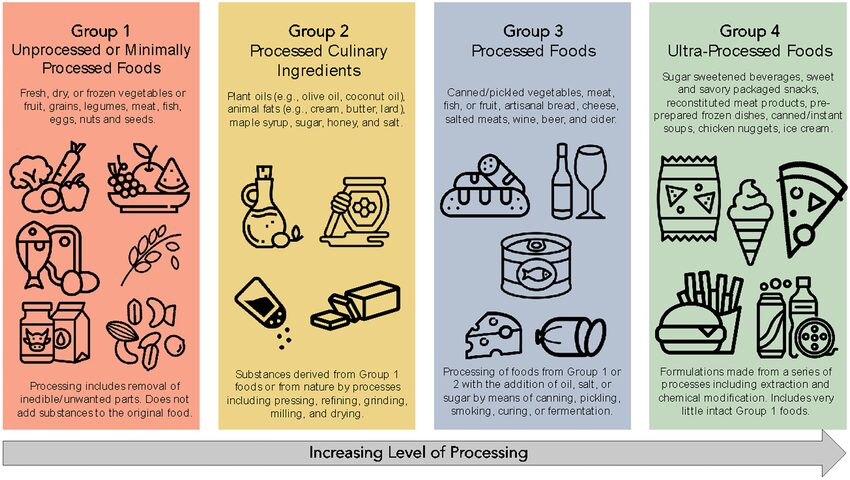
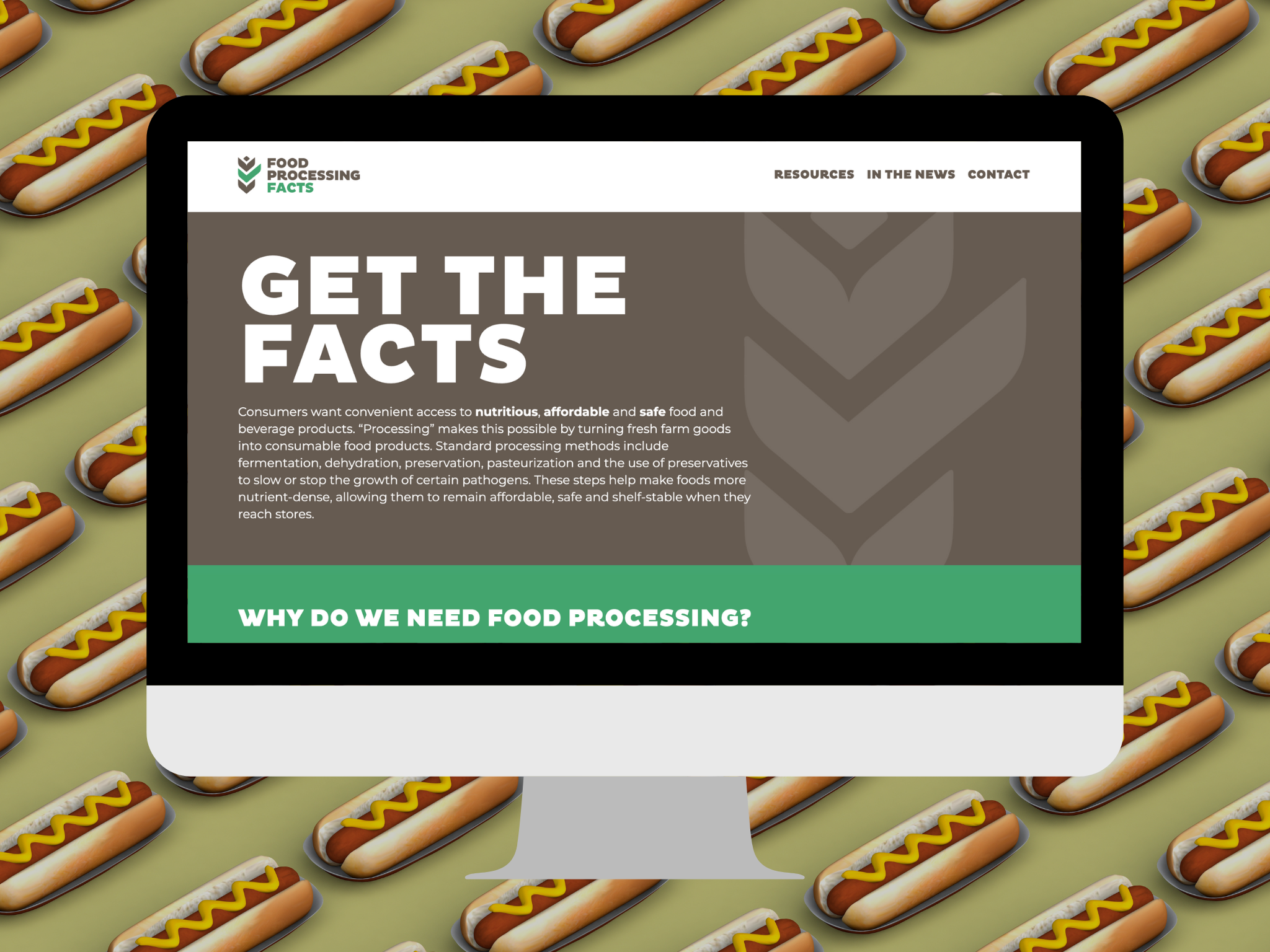



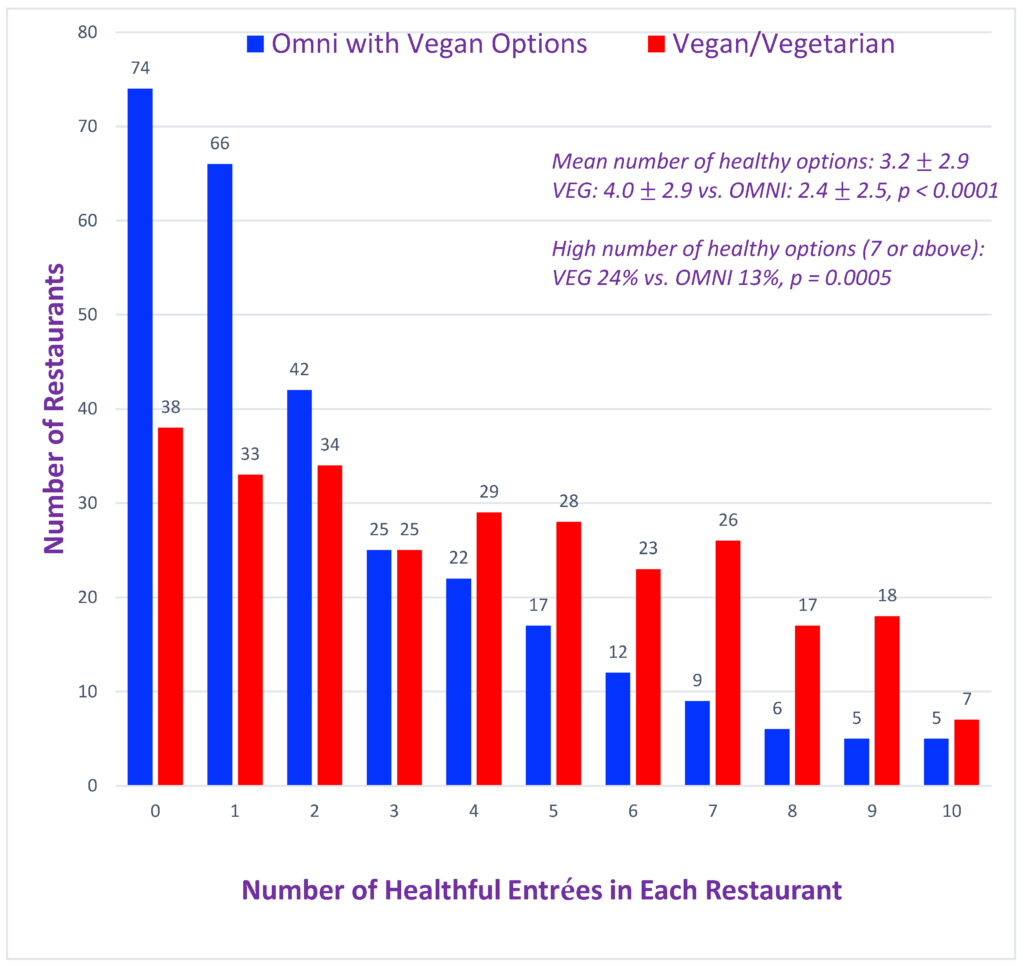
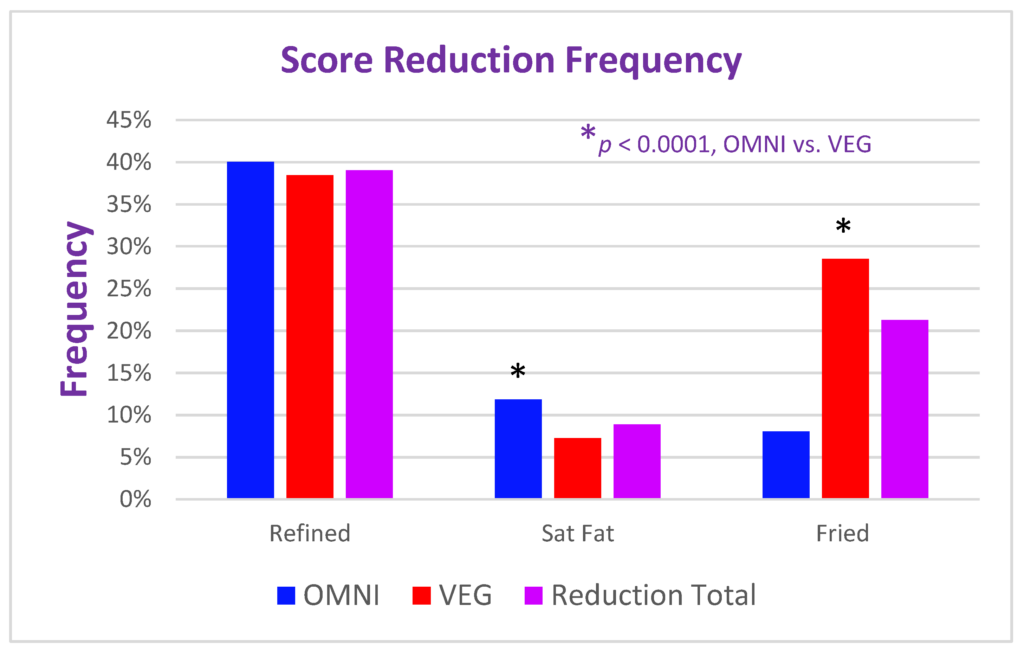

 Pexels
Pexels Pexels
Pexels Getty
Getty Canva
Canva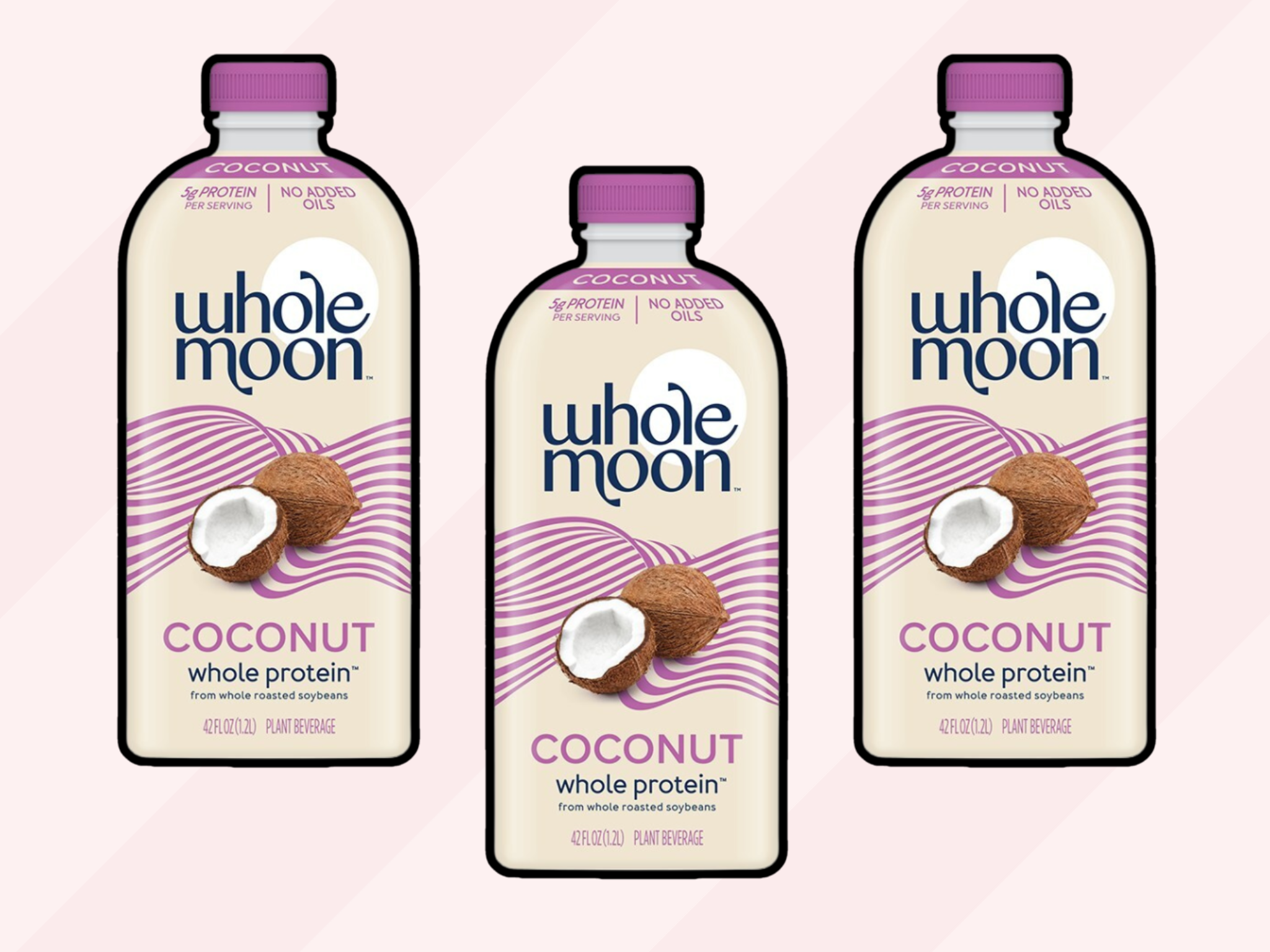
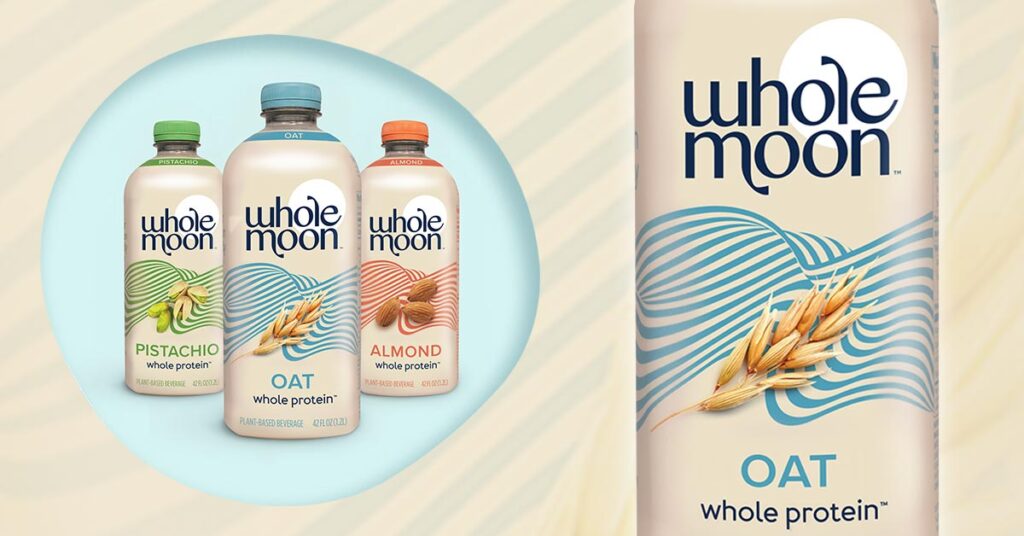
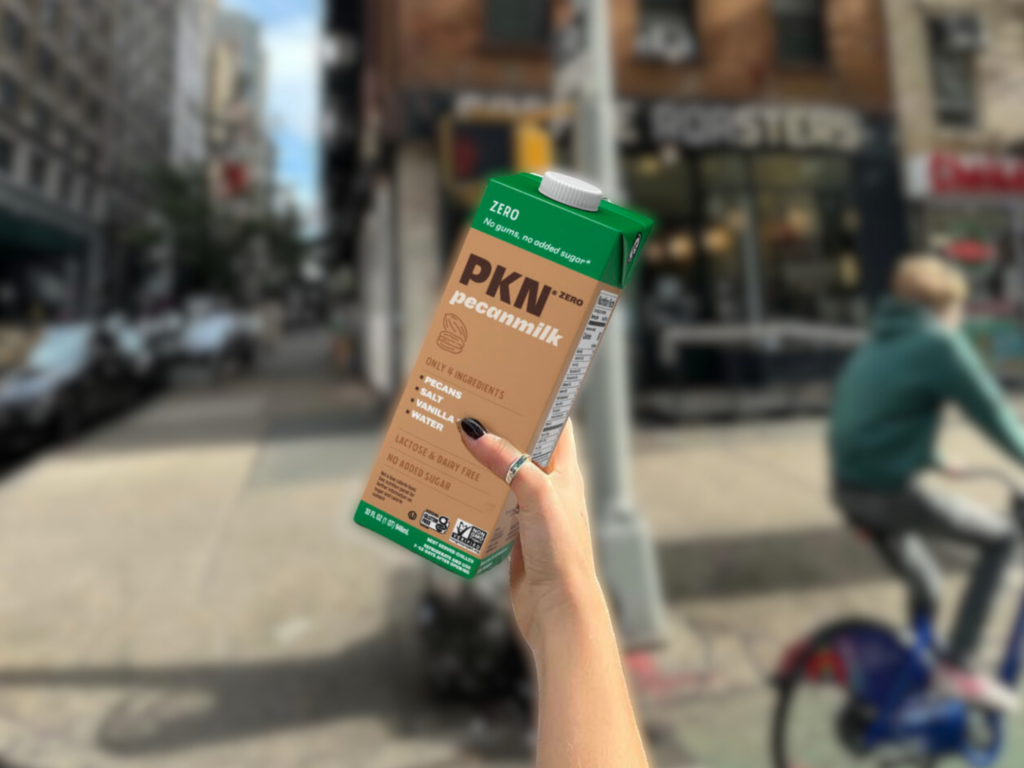





 Getty
Getty




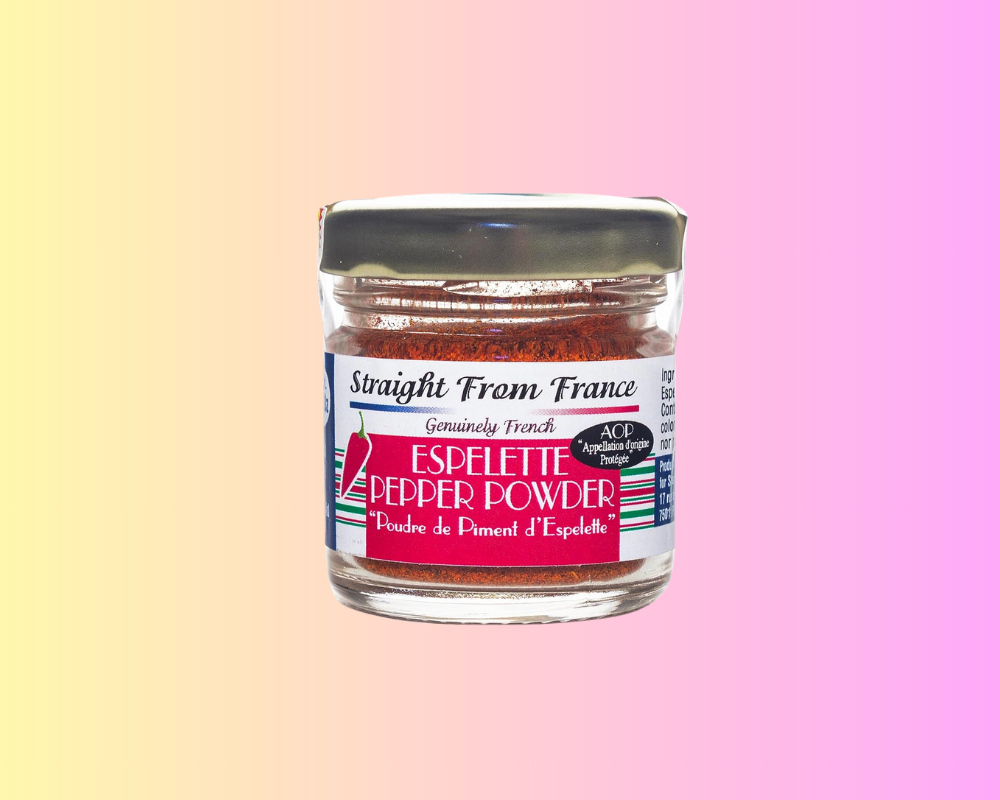

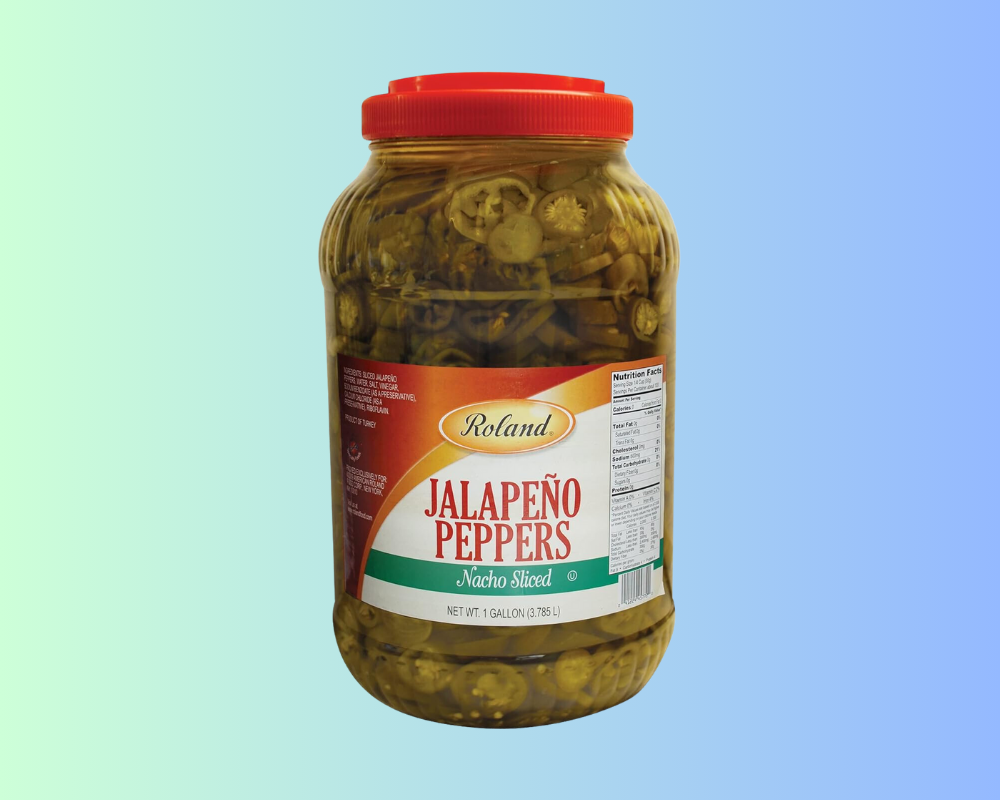










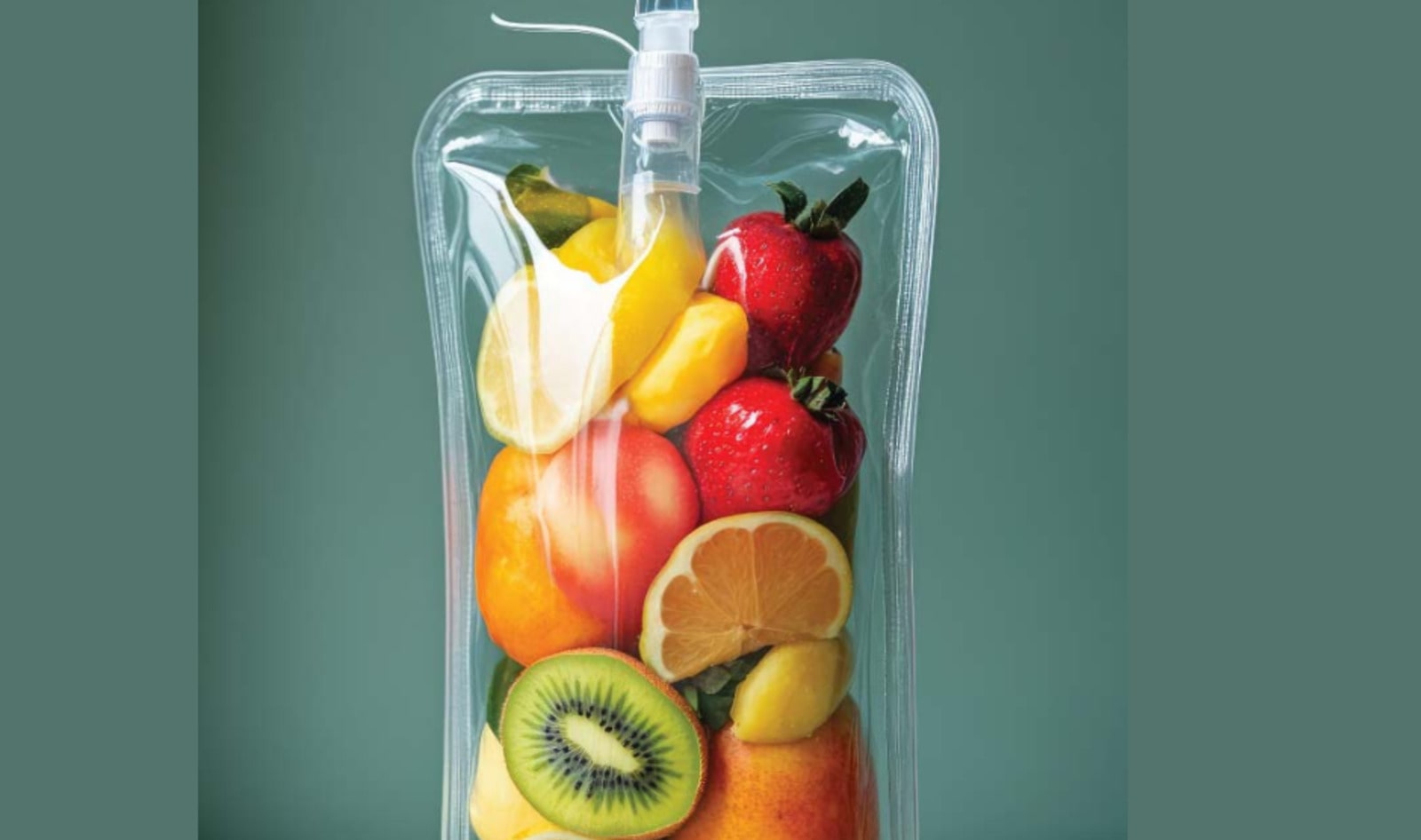
 Getty
Getty Getty
Getty Getty
Getty Canva
Canva
 Blue Zones
Blue Zones
 Getty
Getty Sam Williams | Unsplash
Sam Williams | Unsplash Arx0nt3
Arx0nt3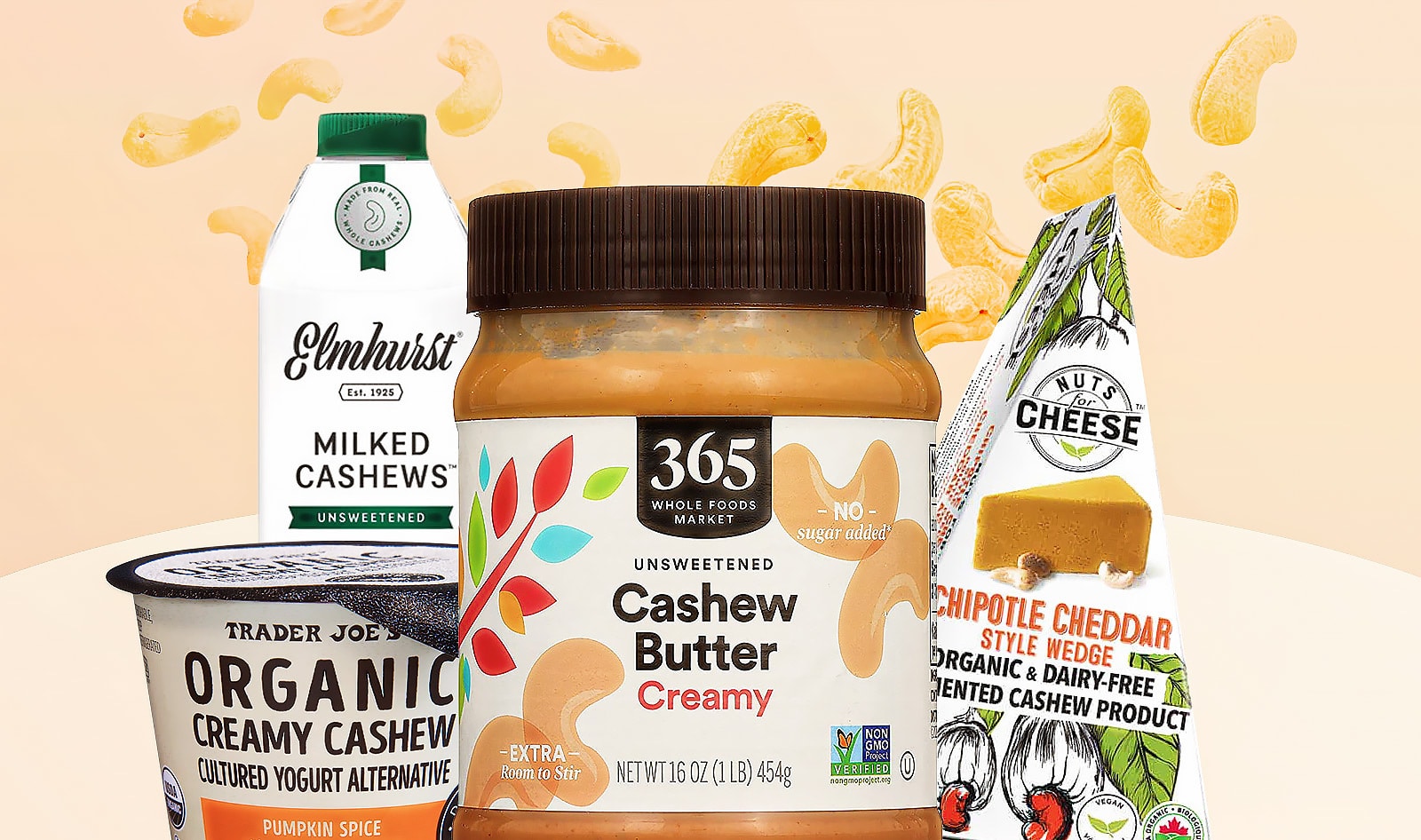
 Quang Nguyen Vinh/Pexels
Quang Nguyen Vinh/Pexels Jonathan Borba/Pexels
Jonathan Borba/Pexels Jenn Kosar | Unsplash
Jenn Kosar | Unsplash
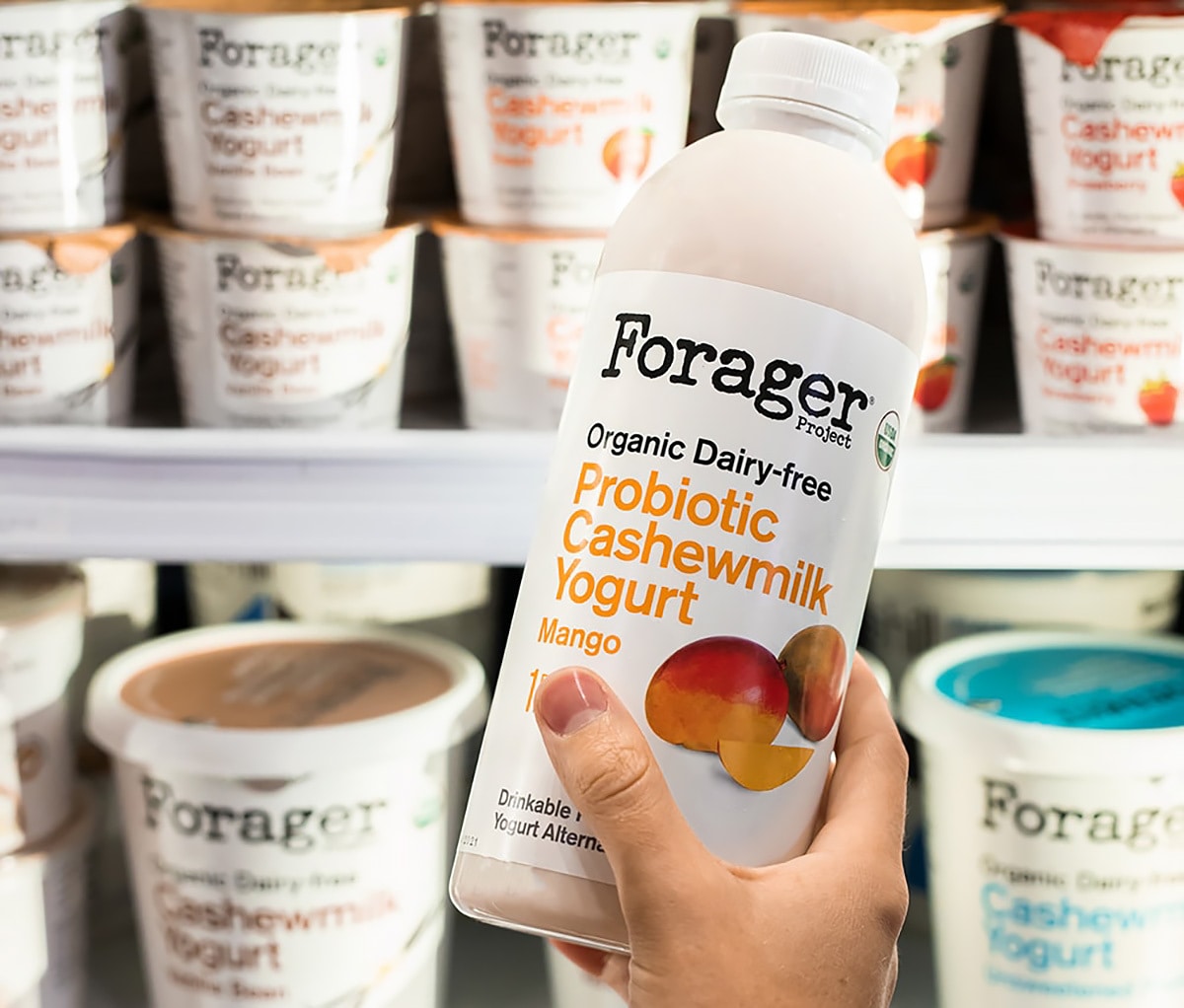
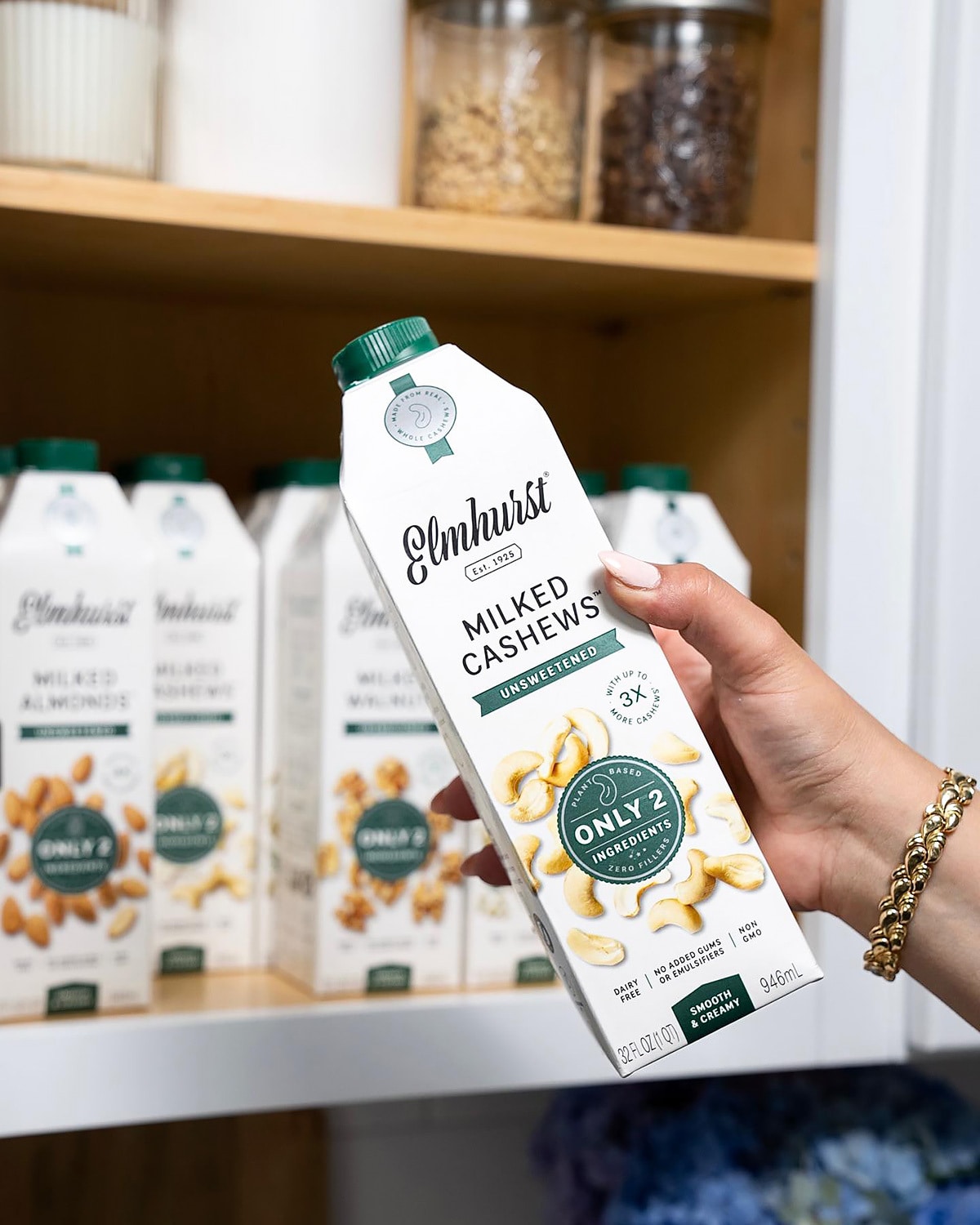
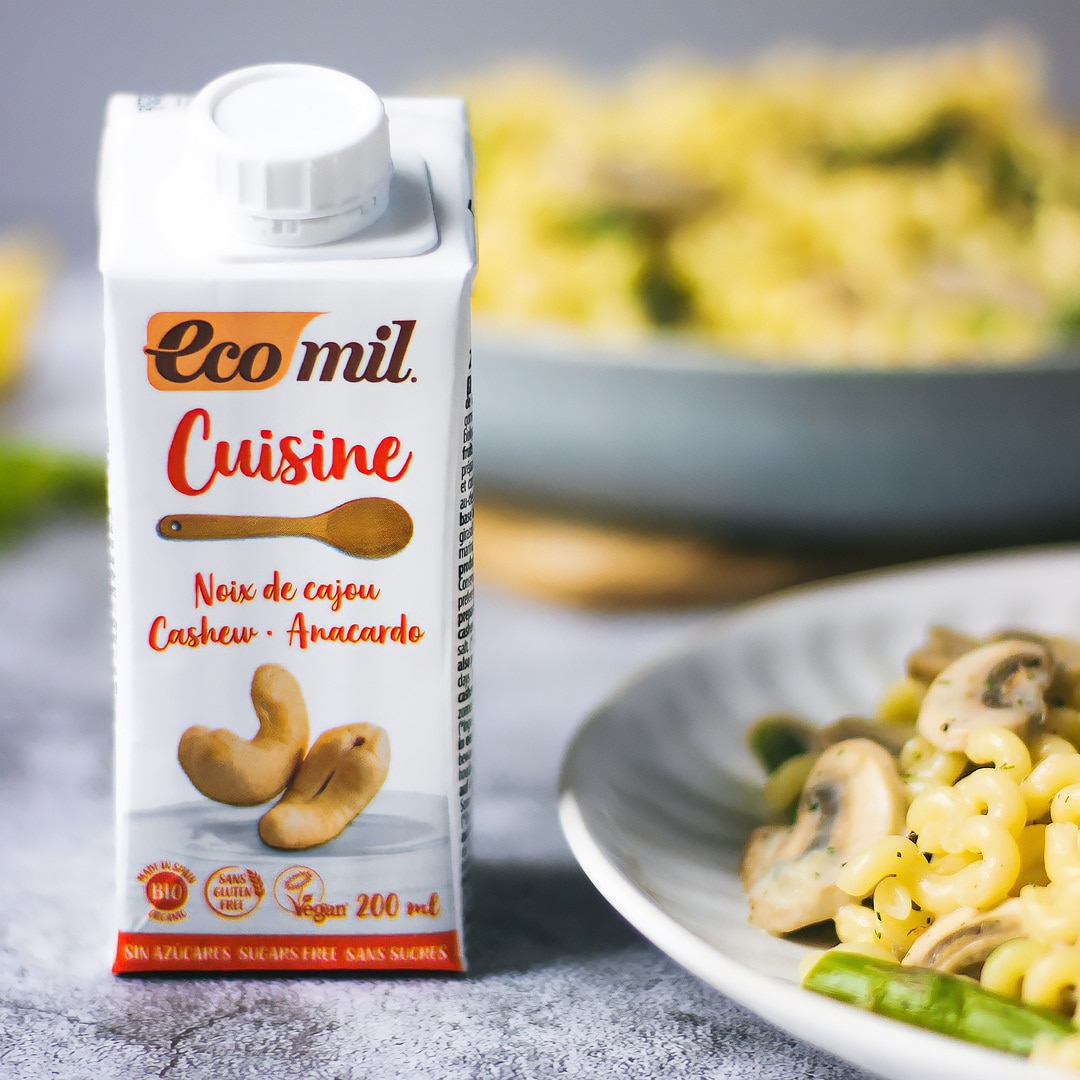












 Slim Jim
Slim Jim Chomps
Chomps Cottonbro Studio | Pexels
Cottonbro Studio | Pexels Unsplash
Unsplash Biena Snacks
Biena Snacks
 Getty
Getty Getty
Getty Getty
Getty
